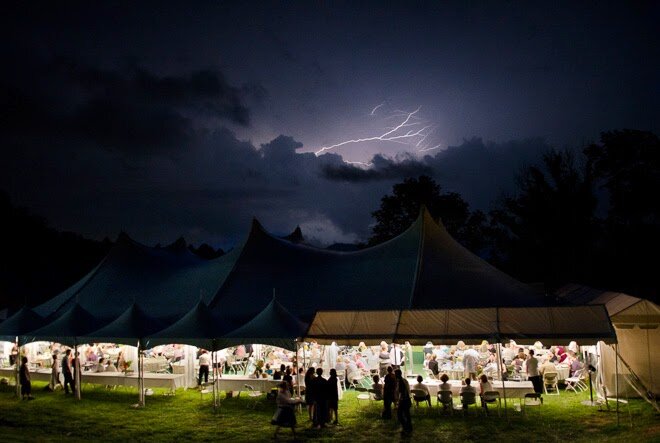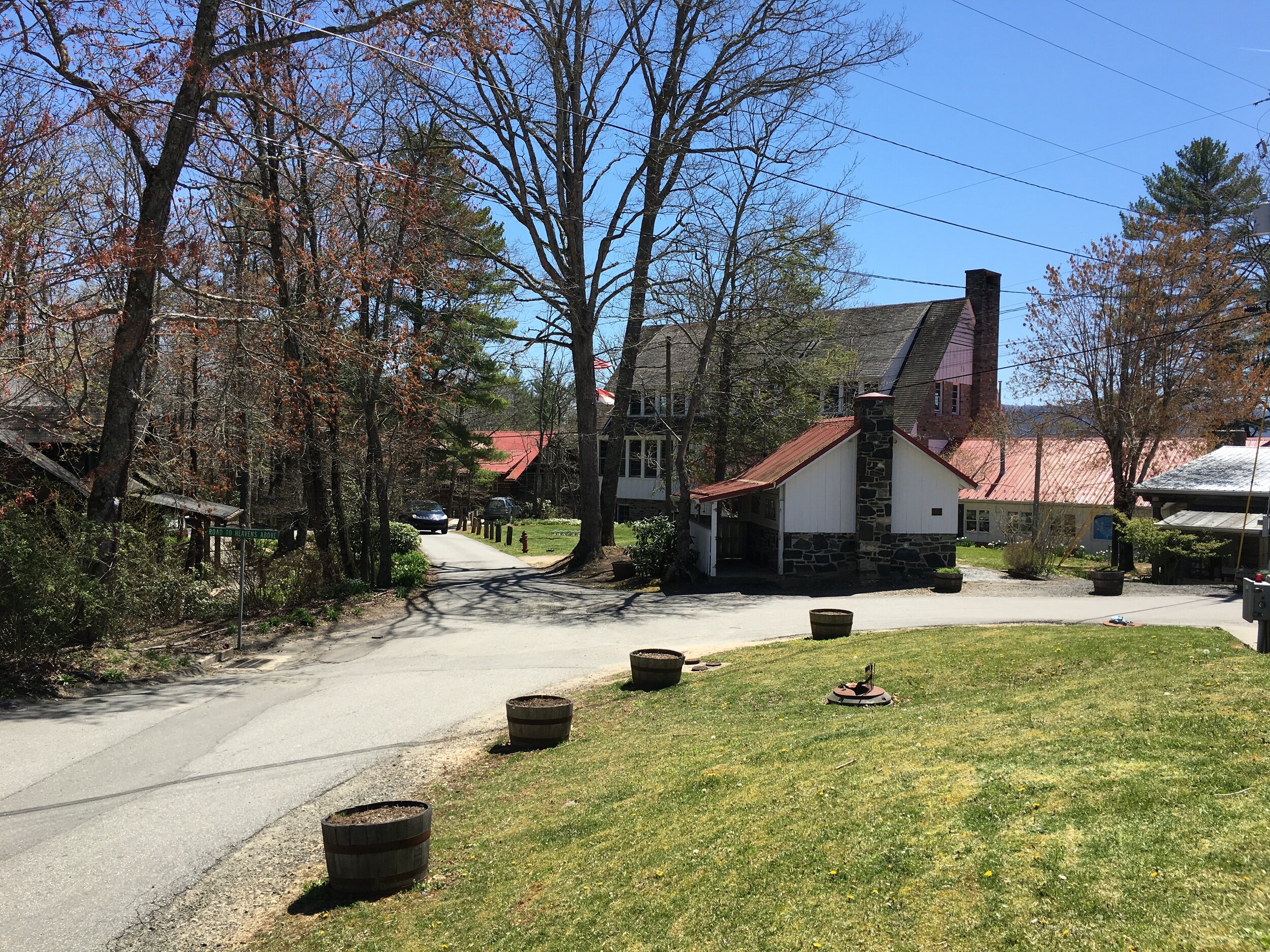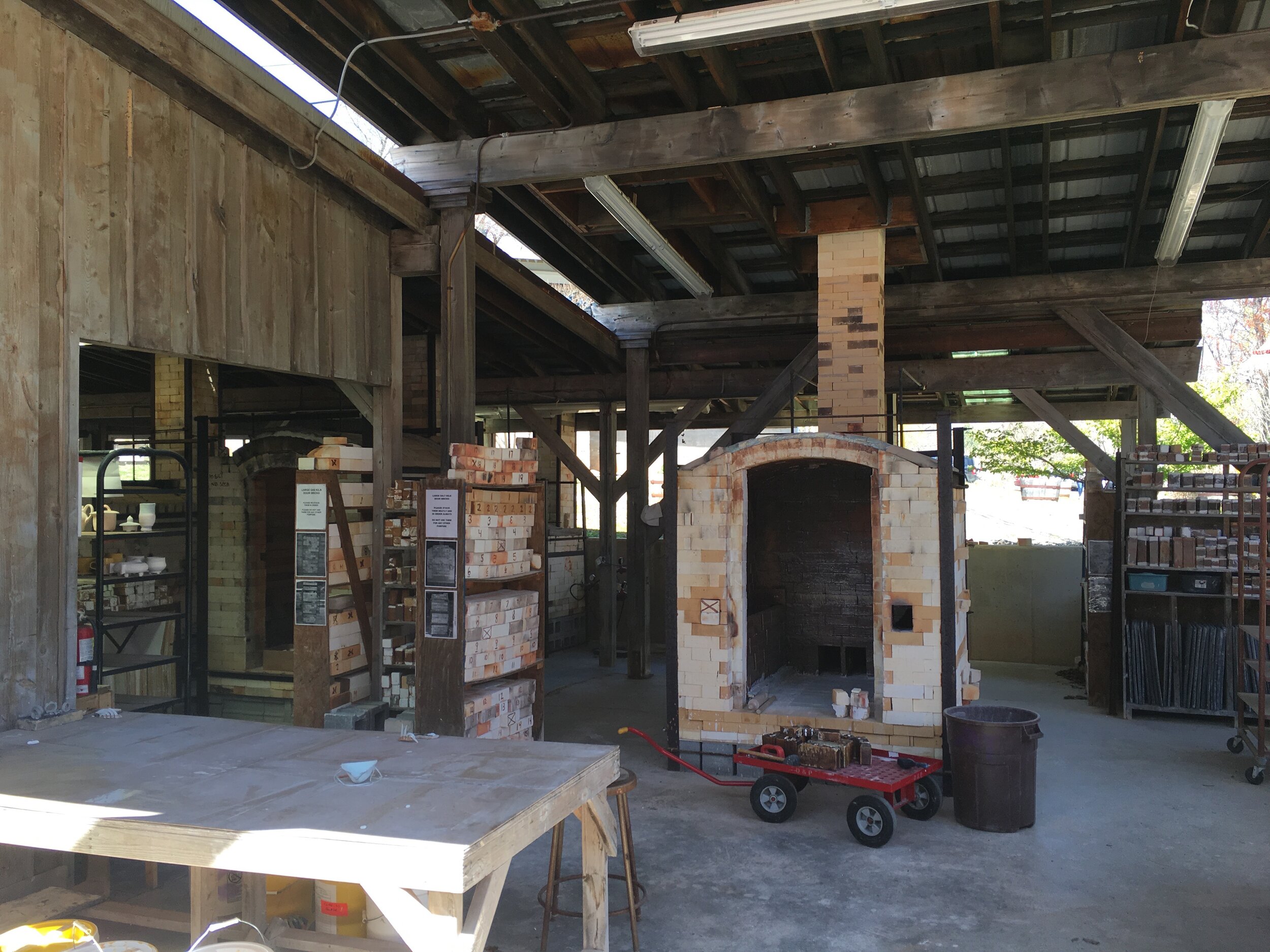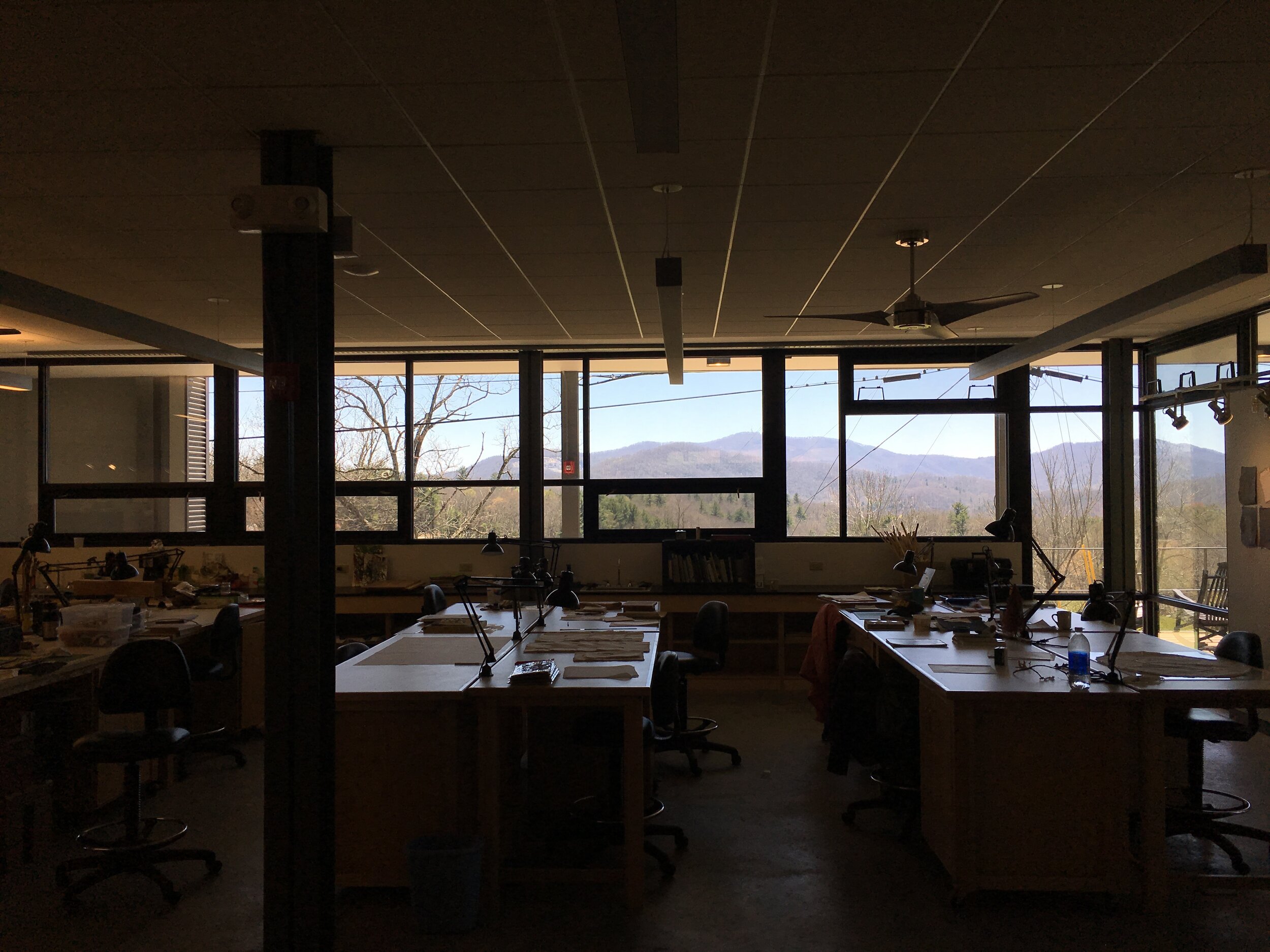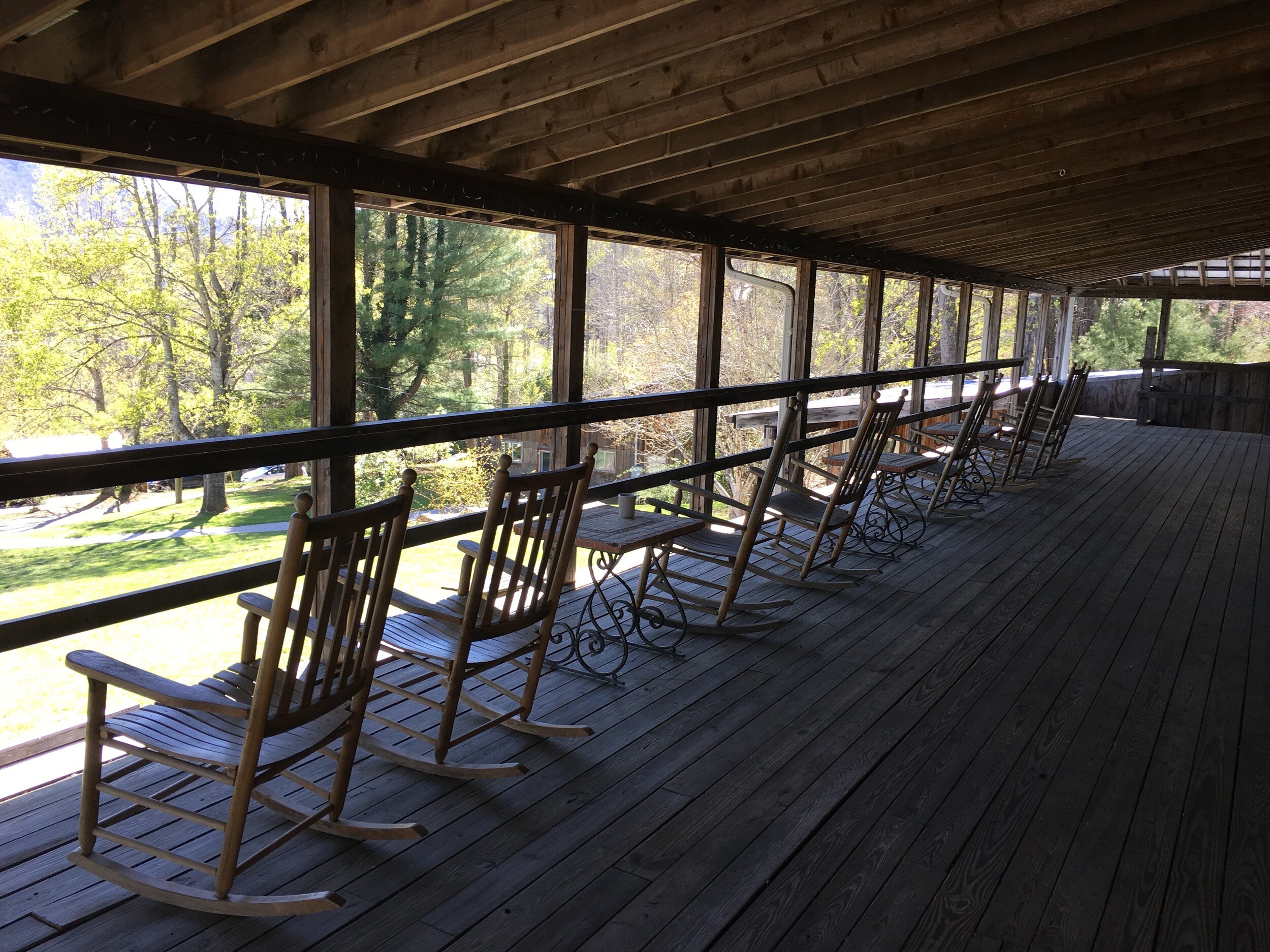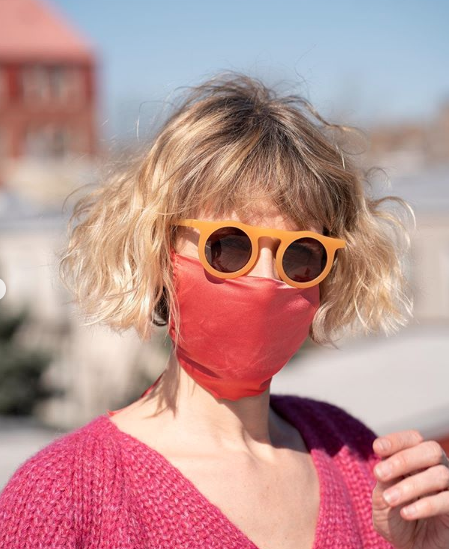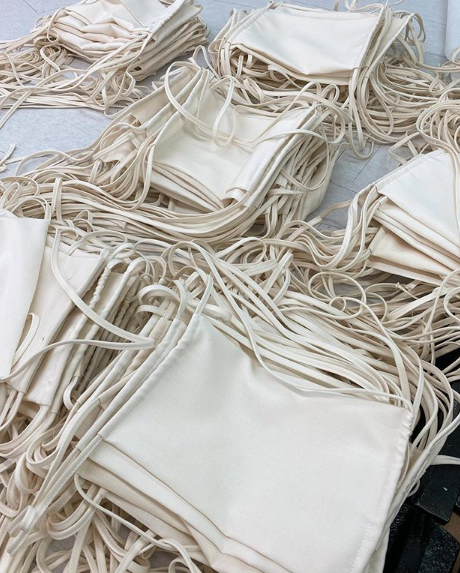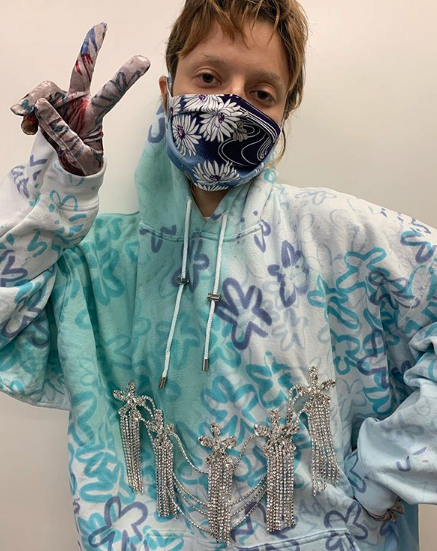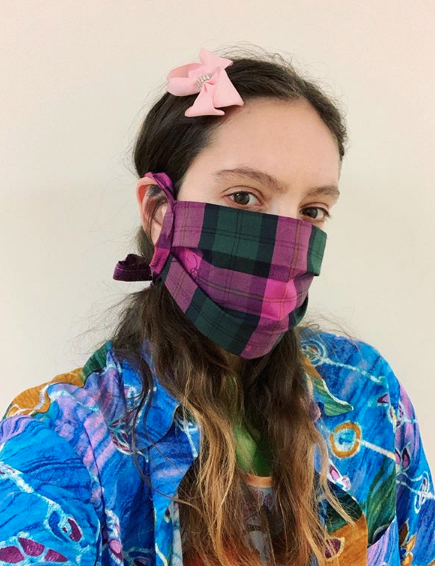MAKING YOUR WORK-FROM-HOME WORK
/As we are finding ourselves adapting to new living and working environments, it is important now more than ever to create an indoor aesthetic that is both positive and comforting. Finding that balance varies from person-to-person, however many have found that adding live greenery and organic accents to a space can change an atmosphere entirely. Keeping the mindset that a space has now become your office might be new and somewhat challenging for you. Consider reorienting the furnishings and adding light to flip the vibe of the room so that you are able to adjust your mental position.
Christie's International Real Estate's 'Luxury Defined' blog recently published an article on "home office design" and "working from home". The article highlights several well-known interior designers and their perspectives on adding nature-inspired colors, textures, and motifs to create a stronger connection with the outdoors.
Integrating elements of nature into your home office design might not be a new approach—it’s been a trend in well-designed office spaces for years—but it has benefits you might not be aware of. Google’s Zurich headquarters famously introduced one of the first indoor gardens into its workspace, and credited a boost in creativity to the increased light, greenery, and oxygen.
Now, as the current public health crisis means we’re spending both work and leisure time at home, there’s no better time to apply this aesthetic to your own surroundings.
The most achievable, and obvious, way to do so is simple: add some plants—requisitioning pot plants from elsewhere in your home or ordering them online if necessary. But, while the sense of calm that greenery can bring to a space is not to be underestimated, it’s just one of many ways designers weave natural elements into their interiors. Read on for their expert tips.
Frame the View
Follow the advice of Studio L, a London-based interior design company that specializes in creating beautiful homes, and draw attention to what’s beyond your window. Whether your home office overlooks greenery, the urban landscape, or water, you can take simple steps to frame the view.
“At Studio L, we tend to paint window frames in colors that enhance whichever vista may be outside,” explains creative director Laura Marino. “We’ve used shades of green, blue, gray, yellow, and charcoal to bring each view into focus.”
“I’d advise getting a delivery of paint samples (VOC-free to avoid fumes), brushes, and wallpaper lining. Paint large samples onto the wallpaper lining then tape them to the window architraves to see how you’d like to frame your view.”
You can also achieve a similar result with a set of curtains. “We always use window treatments to link and enhance the view outside,” says Marino. “By layering textures and playing with heights and decor you create a visual hierarchy that draws your eye to what’s outside.”
Integrate Natural Materials and Textures
Nature-inspired colors, textures, and motifs create a stronger connection with the outdoors. This is the approach taken by Elicyon, an award-winning interior design studio known for residential projects across New York, Los Angeles, London, and Dubai.
“In the Blossom apartment we designed at Chelsea Barracks in London, we brought reference to the outdoors through an abstraction of floral motifs and materiality,” says Charu Gandhi, founder and director of Elicyon.
“This was expressed in the ceramic textures of table lamps, a rug that’s reminiscent of a flower unfurling, and a chandelier in which seed pods are imagined as frosted light fittings on a brushed brass stalk.”
To achieve this look, try integrating items in hues and textures that remind you of the environment outside. Sometimes this can draw on the personal connections you have with a particular place.
“Bringing in natural materials and textures immediately sets a tone for the space,” Gandhi explains. “Rattan is a lovely element to weave in for a sense of the outdoors. It reminds me of my childhood in India and the Far East, when outdoor rattan furniture was de rigueur. Space-making is about evoking memories and emotions.”
Reorientate the Room
Parisian firm Jouin Manku has designed the interiors of private residences, retail spaces for brands such as Van Cleef & Arpels, office environments including Paris’s Ministry of Defence, and Alain Ducasse restaurants worldwide. The agency’s founding partner, Sanjit Manku, believes reorientation can be key to bringing a sense of the outdoors inside.
Parisian design firm Jouin Manku uses "soft, organic, curved formations" to evoke the feeling of a natural environment—even where there's no outside view.
“Our work is very much nature inspired,” he says. “We aim to create spaces that reflect the natural environment, an environment that is sculpted by forces of nature into soft, organic, curved formations.”
To begin, ask yourself how you can alter the space to find calmness. “We find a sense of peace when we’re in a natural space,” Manku elaborates. “Being able to breathe deeply with a view creates a feeling of calm. It can take a small change, such as orientating your seat next to a window, so you have a beautifully long-term view. These kinds of things can help you feel grounded in the relationship to the exterior.”
Finding the right layout is then a simply matter of trying things out. “Take rooms that are filled with light and move the furniture around,” he advises. “Use it as a test to see how it affects you. Spaces are not just about decor—they’re not just about what things look like. There is power in space because it affects what you feel. To make the most out of your workspace, explore the effect reorientation has.”
FASHIONADO




